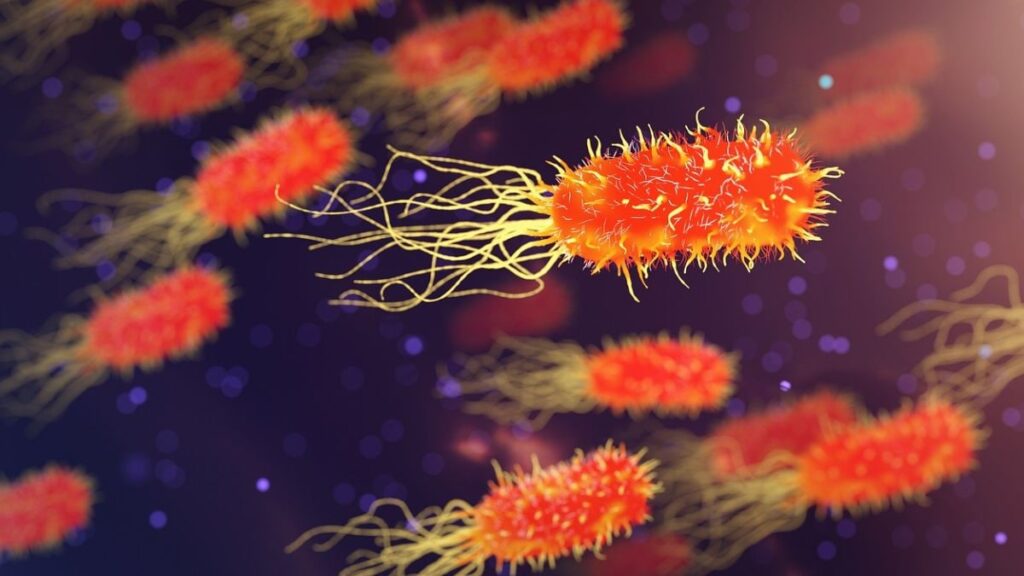Our environment continues to grapple with plastic pollution, with microplastics infiltrating the air, food, and water. Scientists are actively seeking methods to break down this persistent material. A new development has identified bacteria in wastewater that can degrade polyethylene terephthalate (PET), a plastic widely used in packaging and textiles. The discovery has raised hopes of reducing PET waste, which contributes significantly to microplastic contamination in water bodies. Research efforts are now focused on understanding and enhancing the plastic-degrading ability of these microbes.
Microbes Capable of Breaking Down PET Identified
According to a study published in Environmental Science and Technology, bacteria of the Comamonas genus have been found to degrade PET. Comamonas bacteria, commonly found in wastewater, were already known to grow on plastics in aquatic environments. This prompted Dr. Ludmilla Aristilde, an environmental biochemist at Northwestern University, and her team to investigate whether these microbes consume plastic as a source of energy. The study revealed that Comamonas testosteroni could break down PET, leading to the release of nano-sized plastic particles into water.
Enzyme Responsible for PET Breakdown Identified
As per reports, researchers observed the breakdown of PET after exposing it to C. testosteroni in a controlled laboratory setting for a month. Scanning electron microscope images showed that the bacteria had significantly altered the plastic’s surface, causing the release of plastic nanoparticles. Genetic analysis identified a specific enzyme responsible for breaking down PET. Further testing confirmed its role when bacteria engineered without the gene for this enzyme were unable to degrade plastic, while non-plastic-consuming bacteria equipped with the gene could digest PET.
Challenges and Future Research in Plastic Degradation
Dr. Ren Wei, a biochemist at the University of Greifswald, expressed skepticism to Science News Explore about the practical application of this discovery, stating in reports that the degradation process is too slow to significantly reduce global plastic pollution. On the contrary, Dr. Jay Mellies, a microbiologist at Reed College, viewed the findings as promising, emphasiaing that every viable method should be explored. Dr. Victor Gambarini, a microbiologist at the University of Auckland, echoed this sentiment, suggesting that further research should focus on identifying or engineering enzymes capable of degrading PET more efficiently. Efforts are now being directed toward improving the enzyme’s efficiency to make microbial plastic degradation a practical solution.


